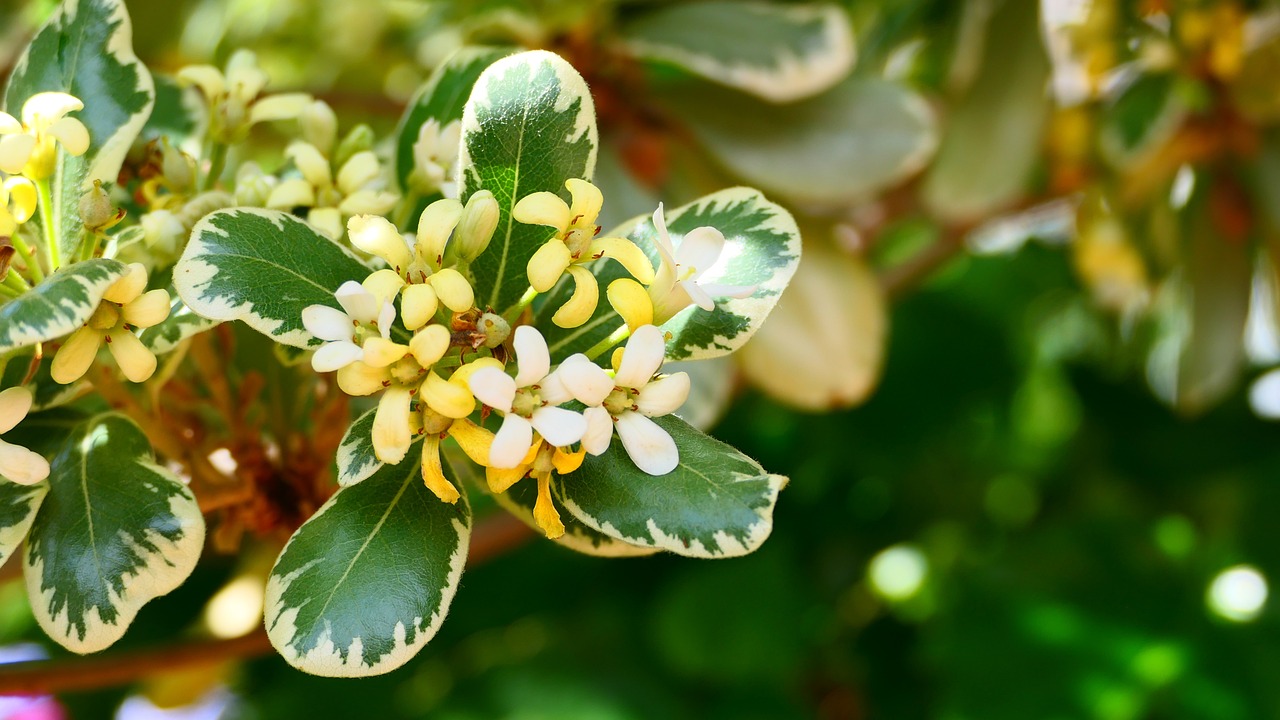Pittosporum, also known as Cheesewood, are very interesting and attractive plants, commonly used for hedging and topiary, as well as bonsai and container ornamentals.
They are evergreen and have a wide variety of form and colour.
Sometimes they can experience leaf drop, which can impact their appearance.
Read on to find out – Why is my Pittosporum dropping leaves?
2. Transplant Shock
3. Too Cold
4. Too Dry
5. Too Wet
6. Pests – Pittosporum Sucker / Shield Bug / Scale
7. Fungus – Root Rot / Southern Blight / Alternaria Leaf Spot
It is worth noting at this stage that while Pittosporum are evergreen, they can naturally lose some of the older leaves from the canopy centre.
This is normal and should not affect the appearance or vitality of the plant.
Pittosporum actually live quite a long time, with a lifespan ranging from 50 to 150 years.
If your Pittosporum plant is dropping more leaves than normal and is under 50 years old, then other factors may be negatively affecting the plant.
Not Enough Sun
Pittosporum need full sun but will tolerate some shade.
Sun will bring out the colour variations in the foliage so Pittosporum planted in shade or deep shade will have leggy, pale growth.
Over time this will devitalise the plant leading to poor health, leaf drop and eventual demise.
How to fix:
- When planting Pittosporum choose a sunny position with at least 6 hours of full sunshine.
- If you have an existing plant in a shaded position consider moving it. There are some tips in the section below.
- Another option is pruning or moving any plants or structures that are shading your Pittosporum, to allow it access to more light.
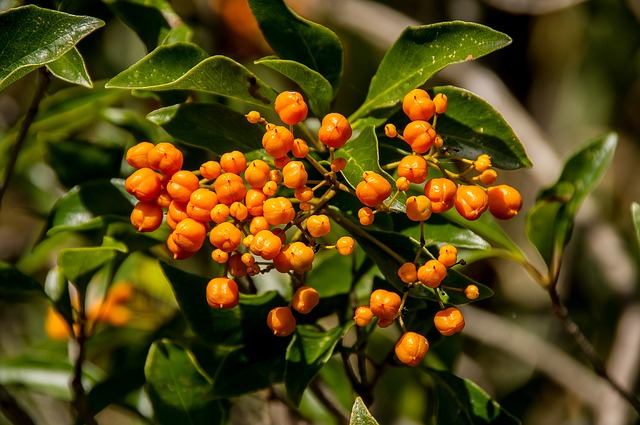
Transplant Shock
If you have decided to move a Pittosporum, or are planting on a potted variety, there is the chance that this disturbance can cause the plant to go into shock.
A classic sign of this is leaf drop, as the plant tries to conserve it’s water supplies.
Follow the steps below to minimise transplant shock.
How to move a Pittosporum:
- When moving or replanting Pittosporum – choose the best time.
- This will be when the plant is in or entering dormancy, so early spring before the new buds form, or autumn.
- Make the move early in the morning, when the plant has maximum water content.
- Carefully tie up the lower branches to give you better access to the trunk.
- Prep the new hole in advance so the plant is out of the ground for the shortest time possible.
- Keep root disturbance to a minimum, so take as much surrounding soil as you can along with the root ball, and wrap this up to keep in place.
- This will also preserve the soil microbiome around the roots and help them settle in to their new location easier.
- Don’t let the root ball and soil dry out, wet it if necessary.
- Avoid dragging the plant to the new hole as this will damage and shock the plant.
- Move it by carrying on a tarpaulin or wheelbarrow.
- Gently lower in the root ball and make sure the soil level is the same as it was.
- Back fill the hole taking care not to leave any roots exposed.
- Remove any ties.
- Water in well, monitor and provide extra water over the next few weeks if the weather is dry.
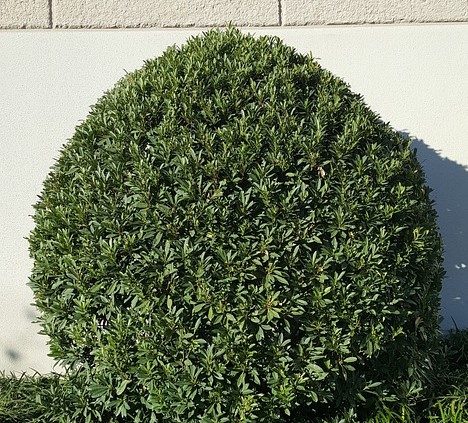
Too Cold
Pittosporum are susceptible to frost damage as they are not fully hardy.
This is especially true when combined with exposure to cold winds.
Leaves can become dehydrated and scorched from the edges inwards, and if a deep freeze lasts for more than a day the water inside the plant can actually freeze, causing extensive tissue damage and leaf drop.
How to fix:
- Some potted Pittosporum may need overwintering inside if particularly tender.
- When planting Pittosporum outside choose a sheltered location that has protection from the wind.
- Consider wrapping in fleece if a hard frost is forecast.
- If your plant does experience frost scorch, wait until the weather warms and then cut back the damaged branches.
- Mulch well and try to shield from winds, it should grow back in a couple of years.
Too Dry
Once established Pittosporum are reasonably drought tolerant however plants that young, or that have been recently moved will require extra water.
This is also true if you have especially poor free draining soil, or if the weather is unusually hot and dry.
Leaves will look limp and floppy, and the plant may drop leaves as a stress response to conserve water.
How to fix:
- Keep an eye on young, newly moved plants, especially in hot weather and provide extra irrigation if necessary.
- Water in the morning to set the plant up for the day.
- Don’t water from above over the foliage, instead water at the base with a watering can or a hose. This will decrease the risk of fungal infections developing on the leaves.
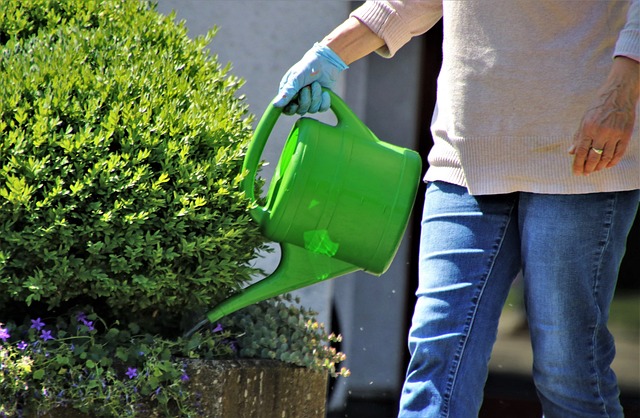
Too Wet
This tends to be more of a problem than underwatering, as Pittosporum do not like to sit in wet soil.
They need good drainage and a sunny aspect.
Overwatered Pittosporum foliage will start to turn yellow, and the roots can begin to rot.
How to fix:
- If you have heavy soil that is prone to waterlogging, add some grit or sand to improve drainage.
- If your Pittosporum is in a pot, make sure the drainage holes are a decent size and raise the pot up on legs.
- Feel the soil before watering, ideally it should be moist but not wet
Pests
Pittosporum Sucker
The Pittosporum Sucker is a small green winged insect.
It sucks the sap from the leaves of Pittosporum resulting in pitting, scarring and warping of the foliage.
They produce a honeydew waste liquid that can stick to leaves and attract mould.
How to fix:
- The damage is mainly cosmetic and should not severely harm the plant.
- Wipe off the insects and any sooty mould with a mild dish soap solution, or spray off with water.
Pittosporum Shield Bug
The Pittosporum Shield Bug is an insect with a brown shield like wings.
The adults have a distinctive pale band around their sides.
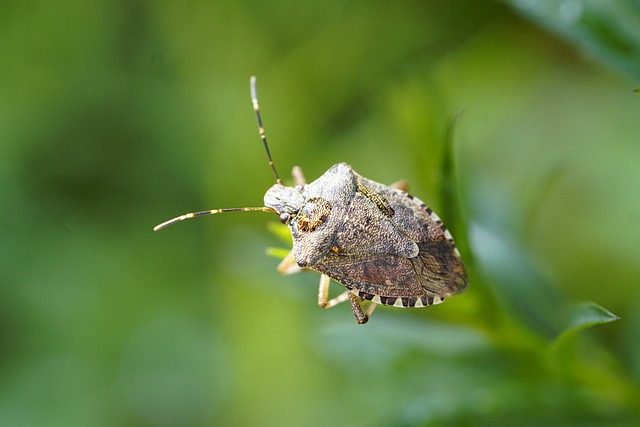
Younger nymphs are rounder with black and white markings.
How to fix:
- Wear gloves as the bugs can emit a substance that smells and can cause an allergic reaction.
- Where the bugs congregate together, knock them off the leaf or branch into a bucket of soapy water.
- Spray the Pittosporum with Neem Oil as directed on the packaging to discourage their return.
Scale Insects
Adult Scale Insects look like miniature brown limpets stuck to the underside of leaves and stems.
The young are paler and softer.
Left untreated they can cause a fair amount of damage so it is best to address the issue as soon as you can, and ideally when in the nymph stage before they form their protective shell.
How to fix:
- Alcohol applied with a cotton wool bud can dislodge adults.
- Use Neem Oil as directed on the packaging to remove nymphs and discourage their return.
Fungus
Root Rot
Root rot occurs in Pittosporum and many other woody ornamental shrubs when the roots sit in water saturated soil.
Poor drainage is often the cause, or overwatering.
The root system begins to fail and ironically, cannot take in water.
There can be sudden leaf drop, usually starting at the base of the plant.
How to fix:
- Prevention is better than a cure, so don’t overwater, plant your Pittosporum in a sunny spot and add sand or grit to your soil to improve drainage.
- Don’t plant Pittosporum too deeply or in a location that collects water.
- If your plant does become infected, try to correct whatever has caused the problem.
- This will dry out the soil and hopefully the plant will recover, although you may lose some sections.
Southern Blight
This fungus is soil borne and can tends to occur mainly in very warm moist conditions.
It causes the lower leaves to discolour and wilt, and eventually the stems collapse.
You will see a white fungal substance around the roots and lower stem
How to fix:
- Remove all affected plants and as much of the surrounding soil as is feasible and dispose of (not in the compost heap).
- Santise all gloves, tools and shoes.
- The fungus can stay in the soil for a long time so one method to try to eradicate the pathogens is by heating the soil.
- This can be done on a sunny day.
- Lay a black tarp over the area you want to cleanse and leave it there all day.
- The heat generated under the tarp should help to destroy the fungus if you can get it up to 50°C or 122°F.
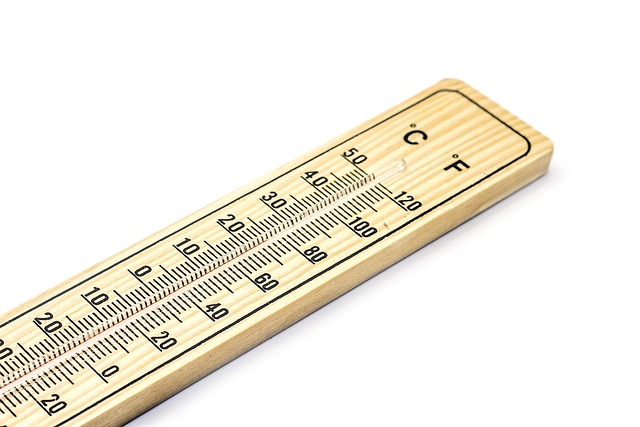
Alternaria Leaf Spot
This fungus causes yellow patches on foliage leading to brown spots with dead centres.
As it progresses it can cause the leaves to fall and accumulate at the base of the plant, further spreading the spores.
How to fix:
- Remove all affected parts of the plant and dispose (not in the compost heap).
- Mulch to create a barrier between fallen spores and the plant.
- When watering, do not use sprinklers as the water splashing on the foliage will increase the risk of fungal growth.
- Water at the base with a hose or watering can.
- Water in the morning so the moisture does not sit around the plant through the night.
- Maintain good ventilation around the base of the plant and within the canopy by regularly clearing debris.
Final Thoughts
Pittosporum are charming plants that should do well and last a long time provided they have good drainage and full sun.
As evergreens, they provide excellent winter colour and coverage.
If you are looking for other unusual evergreen options then Hellebores are a great choice.
If you are having a problem with your Pittosporum that I have not covered above, then drop me a message and I will do my best to help.

